SHORT LINE RAILROAD
Chemin de fer de la Gaspésie: Quebec’s Community-Owned Shortline Moves Thousands of Railcars Annually on 325 Kilometers of Scenic Track
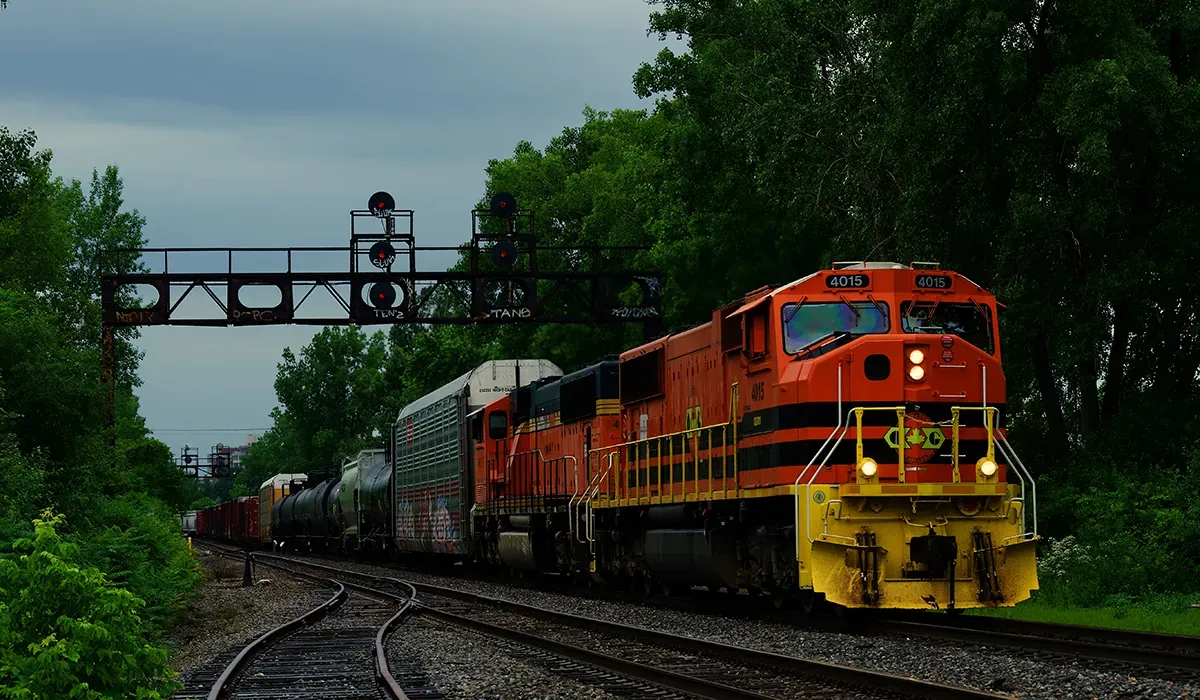

Chemin de fer de la Gaspésie, also known as the Gaspésie Railway Society, is a Canadian shortline railroad operating one of North America's most picturesque regional freight rail networks. The company connects businesses across the Gaspé Peninsula in Quebec with safe, efficient, and environmentally responsible transportation solutions, covering 325 kilometers (202 miles) of track between Matapédia and Gaspé.
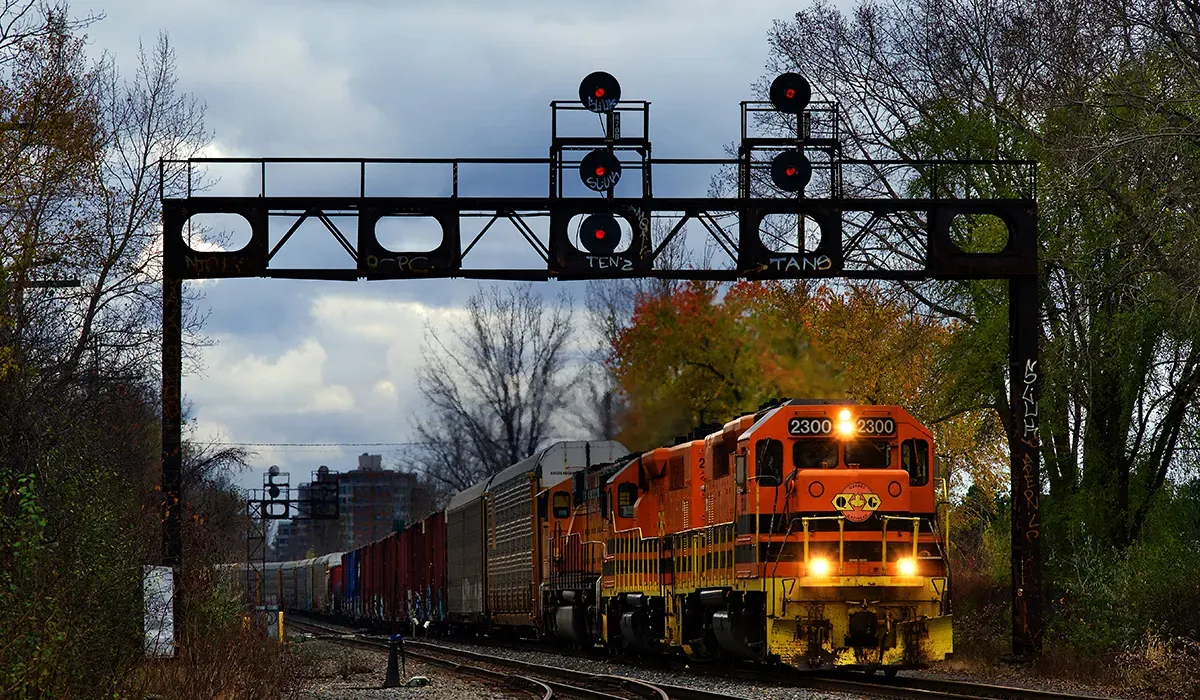
FOUNDING HISTORY & ORGANIZATIONAL STRUCTURE
The railway was originally constructed in the early 20th century under the Quebec Oriental Railway and the Quebec, Atlantic and Western Railroad, with the purpose of linking the Gaspé Peninsula to the broader Canadian rail network. Ownership passed to Canadian Government Railways in 1918 and then to Canadian National Railways in 1919.
HEADQUARTERS & OPERATIONAL BASES
The headquarters of Chemin de fer de la Gaspésie is located at 180 boulevard Perron Ouest, New Richmond, Quebec. This facility houses the main administrative offices and plays a central role in coordinating train operations, maintenance, and customer service.

LEADERSHIP & EMPLOYEES
Jean-Guy Poirier serves as President of Chemin de fer de la Gaspésie. The executive team includes a general manager responsible for daily operations, a chief financial officer overseeing fiscal management, and a director of maintenance who brings extensive experience in rail infrastructure and rolling stock. The leadership team is supported by managers in customer service, safety, and business development, each with backgrounds in regional transportation and logistics.
Chemin de fer de la Gaspésie employs approximately 30 people, with the majority being skilled craftspeople, maintenance workers, and train service teams. The workforce is locally based, reflecting the community ownership structure, and includes a mix of operational, technical, and administrative staff.
FACILITIES & OPERATIONS
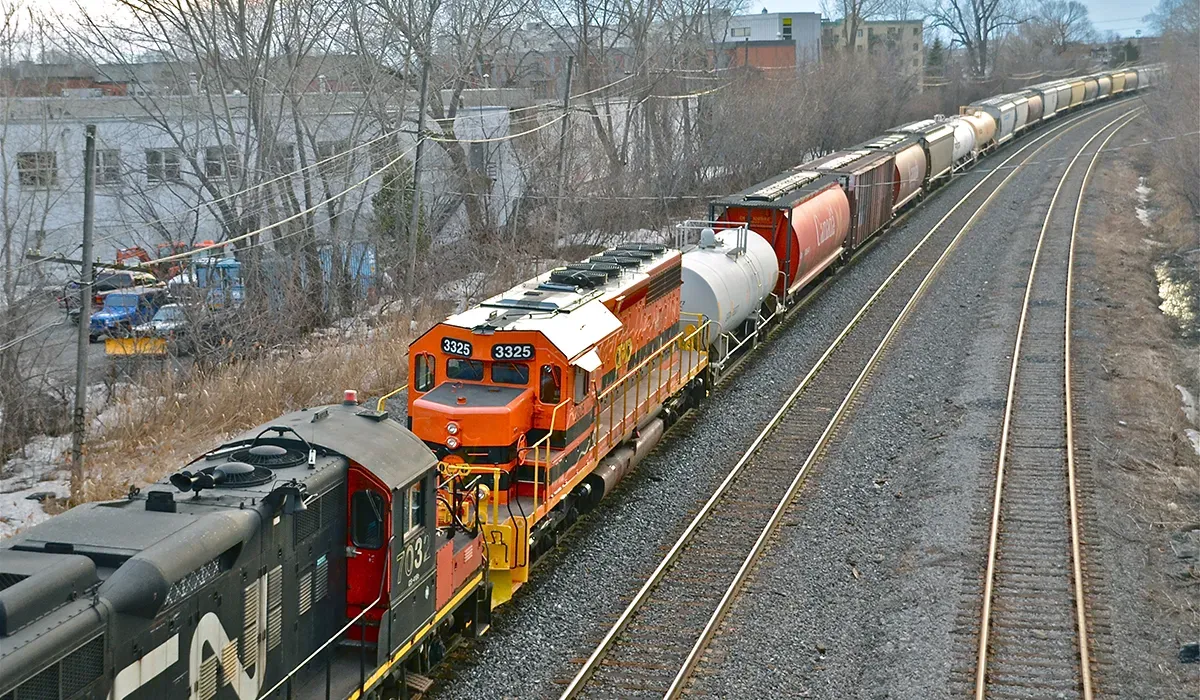
Major facilities include the main yard and administrative center in New Richmond, a transloading center in Nouvelle, and a secondary yard in Matapédia. The company also maintains a locomotive and rolling stock workshop in Campbellton, New Brunswick. The historic New Carlisle yard, once a major crew base, and the Gaspé station with its wye and remaining facilities, are also key operational points.
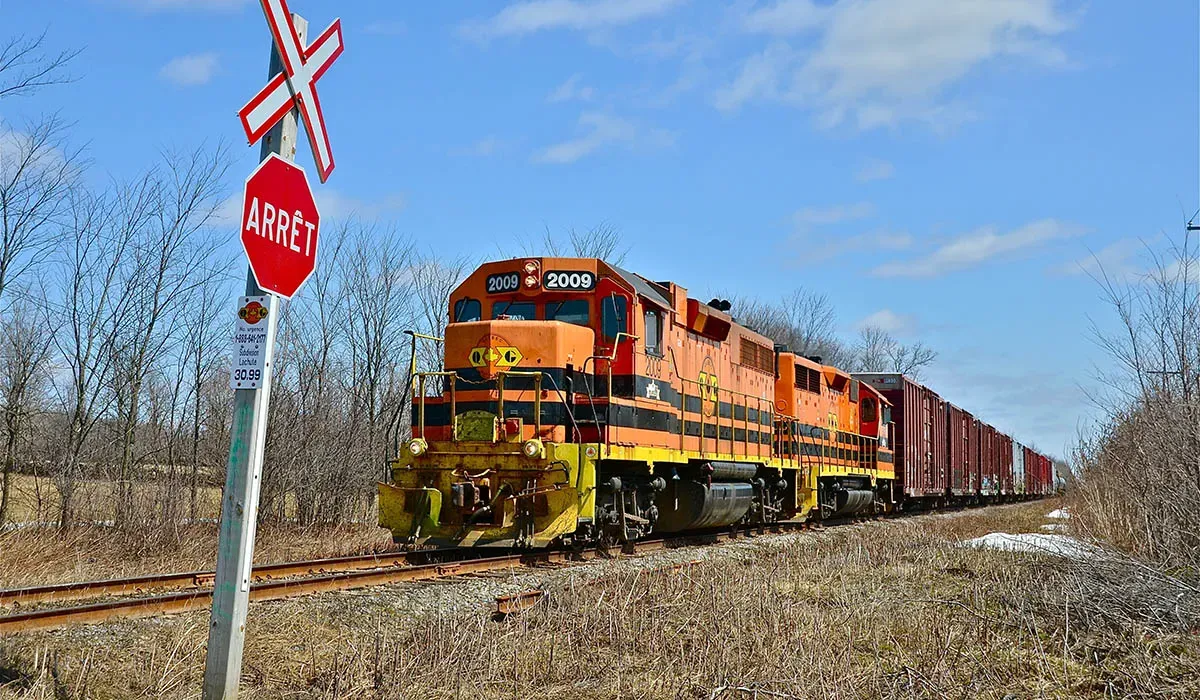
Chemin de fer de la Gaspésie adheres to Transport Canada and Federal Railroad Administration safety regulations and has received recognition for its commitment to safe operations. The company is working toward ISO 9001 certification for quality management and has been acknowledged by local authorities for its environmental stewardship and community engagement.
EQUIPMENT & INFRASTRUCTURE
The railroad handles a variety of freight cars, including boxcars for forest products, flatcars for wind turbine blades, and covered hoppers for cement. While it does not operate large-scale intermodal container services, it is equipped to handle specialized loads and bulk commodities with railcars of varying capacities.
Chemin de fer de la Gaspésie utilizes modern dispatching systems for train control and tracking, along with a customer portal for shipment status and documentation. The company is investing in automation technologies for track inspection and maintenance, and is developing API capabilities to integrate with customer logistics systems.
The geographic scope of the railroad is limited to the Gaspé Peninsula in eastern Quebec, with a total route length of 325 kilometers from Matapédia to Gaspé. Key corridors include the Matapédia-New Richmond segment, which sees the highest freight volumes, and the New Richmond-Chandler-Gaspé line, which is being rehabilitated for future service.
Strategic partnerships include interchange agreements with Canadian National Railway at Matapédia, enabling access to the broader North American rail network. The company also collaborates with regional logistics providers and local industries to coordinate shipments and transloading services.
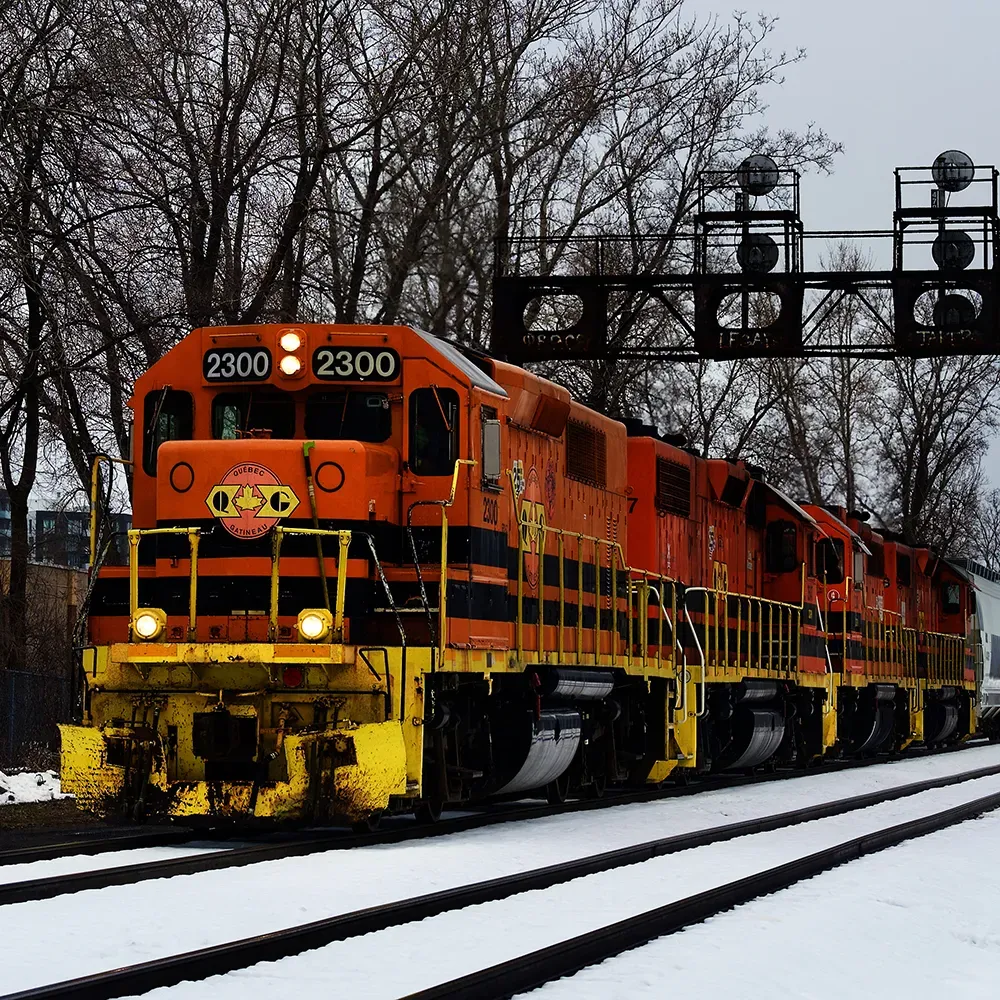
FINANCIAL METRICS & STABILITY
In 2024, Chemin de fer de la Gaspésie reported a pre-tax profit of $1.2 million on revenues of $8.5 million. The company's operating ratio improved to 87 percent, reflecting enhanced operational efficiency and cost control.
Recent capital investments include a $12 million infrastructure upgrade funded by the Government of Quebec and local municipalities in 2023, focused on track rehabilitation and bridge repairs. The company has not made any major acquisitions but continues to invest in rolling stock and safety systems.
SERVICE PORTFOLIO

Chemin de fer de la Gaspésie offers a range of logistics services, including full carload and less-than-carload shipments for regional industries. Additional services include transloading, warehousing, customs brokerage, and cargo insurance, with a focus on supporting the forestry, cement, and renewable energy sectors.

The company has launched a new customer portal to enhance self-service capabilities, allowing clients to track shipments, access documentation, and request quotes online. An API Center is under development to facilitate seamless integration with customer supply chain systems and improve data transparency.
INDUSTRY REPUTATION & NEWS
Recently, Chemin de fer de la Gaspésie has been awarded additional government funding to accelerate the reopening of the New Richmond to Gaspé segment, with work underway to restore full service by 2026. The company is also piloting automated track inspection technologies to improve safety and reduce maintenance costs.
Chemin de fer de la Gaspésie’s Site Certification Program has identified optimal rail-served sites for industrial development and conducts in-depth reviews to ensure readiness for new projects. This program aims to minimize development risks for customers and enhance supply chain efficiency.
ANALYSIS & FUTURE OUTLOOK